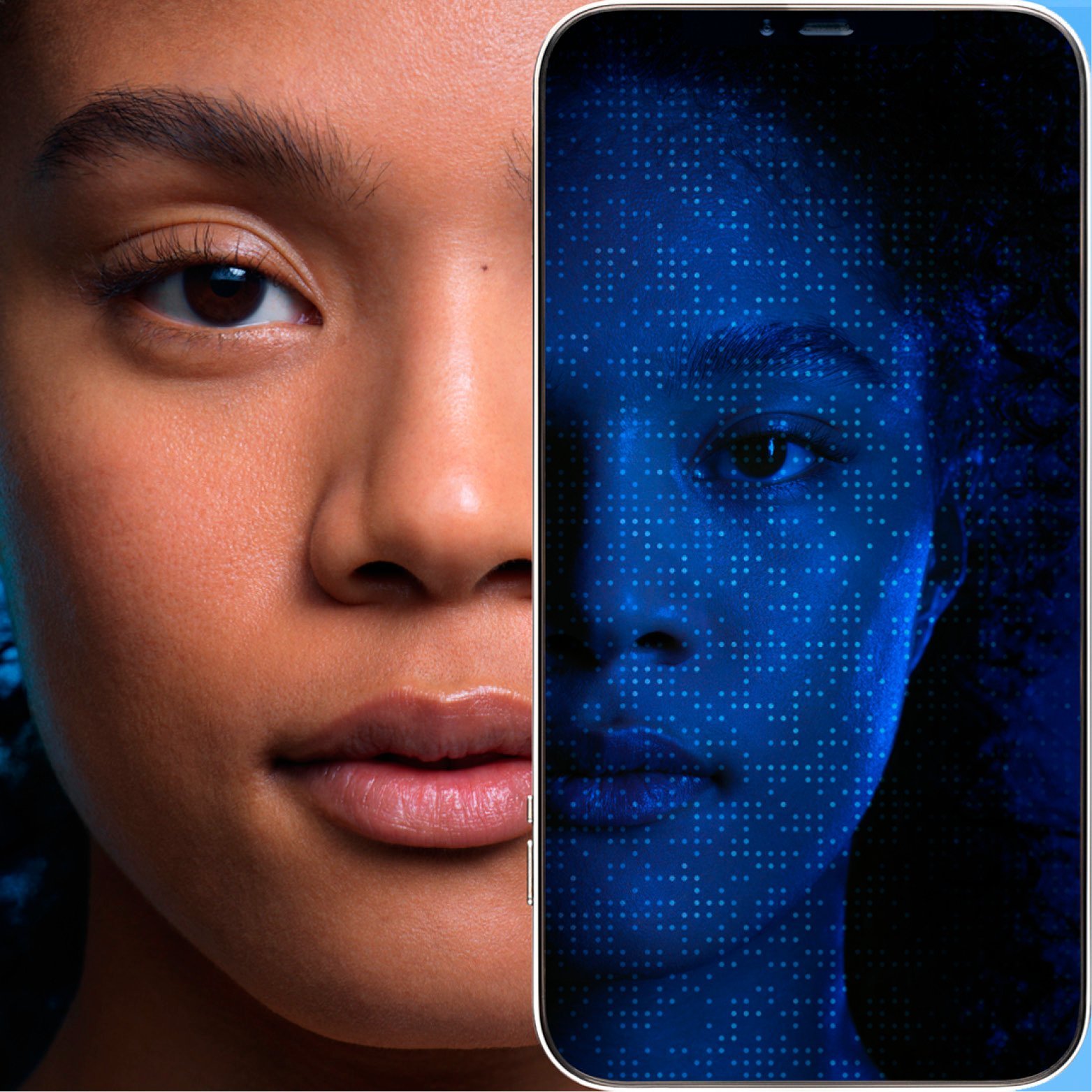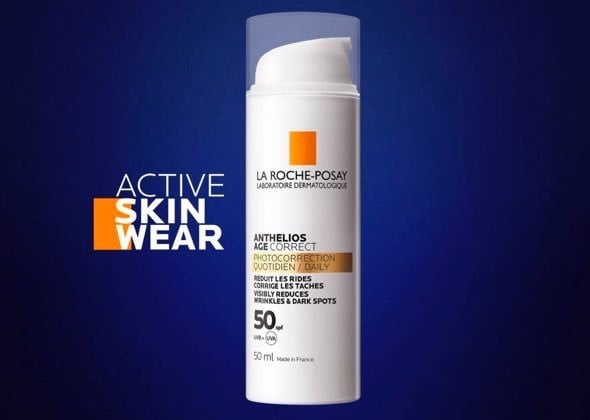WHAT IS SUN ALLERGY?
Sun allergy is a term used to describe conditions in which the skin develops a rash after sun exposure. Doctors still don’t fully understand what causes sun allergy, but it is thought that UV light modifies a substance in the skin, which the immune system reacts to, resulting in the skin becoming inflamed (red, angry, itchy, or blistered).
By far the most common form of sun allergy is called polymorphous light eruption (PLE). A slightly less dramatic subset of polymorphous light eruption is known as benign summer light eruption (BSLE) . Despite the name, it does not always occur in the summer. A skiing trip, a meal at an outdoor café in the spring, or – in very sensitive individuals – even exposure to light through a window can trigger the appearance of small, slightly raised red spots.
Read on for details of the symptoms of sun allergy, the different types of sun allergy rash to look out for and, most importantly, what to do about it! Spoiler alert: The key is knowing which sunscreen to choose.
SUN ALLERGY
SYMPTOMS
What does sun allergy rash look like?
Sun allergy often refers to a condition known as polymorphous light eruption. “Polymorphous” means something that takes many forms. This means there are several different types of sun allergy rash:
- The most common manifestation comes in the form of crops of small, red, itchy spots. They tend to appear on the neckline, shoulders, arms and legs as well as the instep. The face is often unaffected. They usually appear 12 hours after exposure.
- Some people get blisters that later form dry red patches (similar to eczema).
- Less commonly, the red blotches can look like targets or bull’s eyes2.
WHAT CAUSES
SUN ALLERGY?
Why do I get a rash in summer?
Sun allergy or polymorphous light eruption is caused by exposure to sunlight, especially UVA rays.
Who gets sun allergy?
Polymorphous light eruption affects up to 10% of people. It is more common in:
- Women between the ages of 15 and 35, although anyone can get sun allergy.
- Fair skinned people, although people with darker phototypes (skintones) can get it too.
- People who live in less sunny regions.
Avoidable causes of sun allergy
Certain medications such as tetracycline antibiotics can trigger sun allergy. Some cases of sun allergy are caused by the skin coming into contact with certain substances before sun exposure; the culprits include fragrances and even lime juice. Doctors have even coined the term “Margarita rash” for sun allergy caused by limes! But the root cause of sun allergy is sunlight itself, especially UVA rays, which is why the right sunscreen is at the heart of any treatment. Read on for the details...
SUN ALLERGY TREATMENT
Sun protection is the most effective route
The primary treatment for sun allergy is prevention. That means limiting sun exposure with smart sun protection habits and the right sunscreen for sun allergy. To avoid sun allergy, follow these simple tips:
- Avoid being out in the sun between 11:00 and 16:00.
- Wear protective clothing such as hats, sunglasses, long-sleeved t-shirts, etc.
- Use sun protection creams with a very high protection factor (SPF 50+) and broad spectrum anti-UVB and anti-UVA protection.
- Ensure your sunscreen also protects against long UVA (not all do!).
- Make sure your sunscreen is created for sensitive, reactive and allergy-prone skin to avoid reactions.
- Re-apply a suitable sunscreen every two hours.
WHY NOT JUST ANY SUNSCREEN
WILL DO
What sunscreen should I use for sun allergy?
If you suffer from any form of sun allergy, you need to find the right sunscreen. The dermatologist’s partner brand La Roche-Posay develops specialist sun care products for people with skin conditions such as sun allergy.
ANTHELIOS Med Sun Intolerance cream is the 1st sunscreen with high broad-spectrum UVA + UVB protection, combined with an anti-pruritus (anti-itch) action thanks to skin-calming Neurosensine. It is specifically created for sensitive and sun-intolerant skin prone to sun allergies such as polymorphous light eruption.
ANTHELIOS Med Sun Intolerance offers clinically proven efficacy on patients at risk of polymorphous light eruption. In clinical testing:
- 100% of patients were protected against polymorphous light eruption
- 88% experienced no itching
- 90% experienced no burning sensation
Dietary supplements can help reduce sun allergy outbreaks
Some dermatologists suggest that dietary supplements containing beta carotene, nicotinamide (vitamin B3), selenium, and probiotics can help to lessen outbreaks of polymorphous light eruption. These should be taken for one month before initial sun exposure, and throughout the duration of exposure.
Medical treatments for polymorphous light eruption
Once a sun allergy outbreak has occurred, avoid further sun exposure as much as possible and use sun protection rigorously. The rash should go away on its own within a couple of weeks with the right protection. If your reaction to sunlight is particularly troublesome, you may want to talk to a doctor or dermatologist about treatment options.
For a very itchy or painful rash, your doctor may recommend a corticosteroid cream. This should be applied sparingly, and only with medical advice. Never use corticosteroids if you don't have a rash.
There are several drugs that can be prescribed to deal with the symptoms of major light eruptions. These include an anti-malarial drug called hydroxychloroquine, short courses of oral steroids, or other non-steroidal drugs like azathioprine.
Another treatment that can help to lessen outbreaks is medically supervised phototherapy. This involves exposing your skin to controlled doses of UV radiation to 'desensitise' it. The treatment is carried out 3 times a week for 4-6 weeks, usually in the spring. It should be said that many medical professionals avoid this treatment as it compounds lifetime UV exposure which can increase the risk of skin cancers.
All of these treatments are only for the most serious cases and must be carried out under medical supervision.
The good news is that although sun allergy rash can be uncomfortable and bothersome, it usually goes away if you use the right protection, and will not leave any scarring or lasting damage.
1Hawk, J. (2004). Benign summer light eruption and polymorphic light eruption: genetic and functional studies suggest that a revised nomenclature is required. Journal of Cosmetic Dermatology, 3(3), 173-175.








